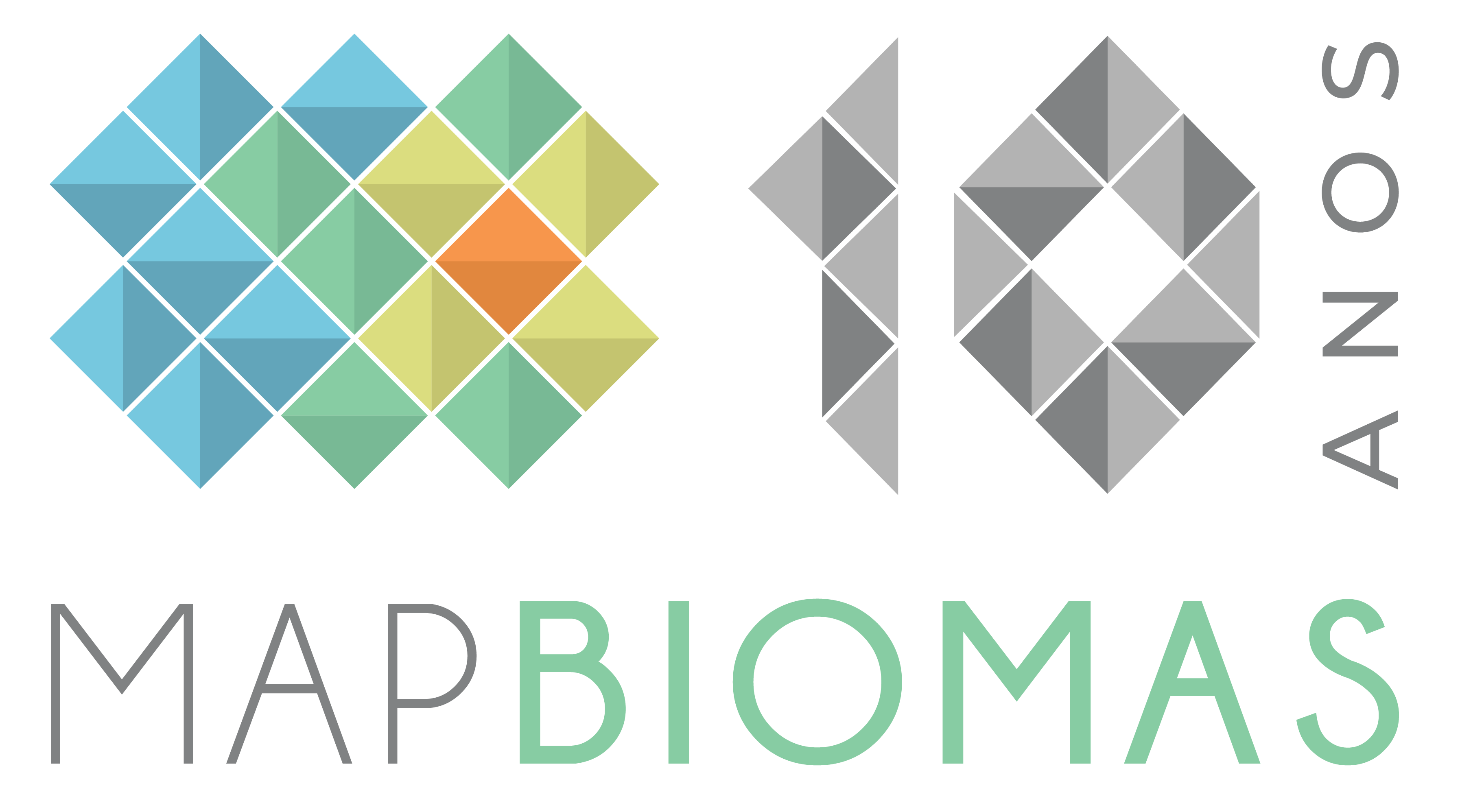Forestry mapped area grows almost sixfold between 1985 and 2021
Access the highlights of Agriculture and Forestry Collection 7
Agriculture continues to expand across Brazilian territory. In 2021, the activity occupied 62 million hectares - three times more than the 19 million mapped in 1985 by MapBiomas. During this period, forestry grew from 1.5 million hectares to almost 9 million hectares mapped in 2021 - an expansion of 598% over 37 years. The data is from the most recent MapBiomas survey, based on satellite images and automated classification.
t all the land cultivated in Brazil is under temporary crops, such as soybeans, rice, sugar cane, cotton and other crops. Together, they occupy almost 60 million hectares - more than countries like France and Spain. The expansion over the last 37 years has been 3.3 times, from 18.3 million hectares in 1985 to 59.9 million hectares in 2021.
This growth has meant that the number of municipalities with more than 1,000 hectares of temporary crops has increased from 1,570 in 1985 to 2,985 in 2021. There was an increase in the area of temporary crops mainly in municipalities in the Cerrado and Pampa, where there is already a consolidation of agricultural areas. However, there has also been an advance in the Amazon biome, covering municipalities in the states of Amazonas, Rondônia, Acre, Roraima and Pará.
With 8.8 million hectares mapped in 2021, forestry advanced by 598% between 1985 and 2021. Municipalities with more than 1,000 hectares of forestry went from 250 in 1985 to 1,052 in 2021. In other words, 802 municipalities have incorporated forestry in less than four decades. According to the mapping, the biome with the largest proportional area dedicated to forest plantations is the Atlantic Forest, with 4%, closely followed by the Pampa (3.9%) and the Cerrado (1.6%).
In recent years, there has been a stabilization of conversion on natural areas and an increase in the expansion of forestry on already anthropized areas. In the biomes with the largest areas of forestry (Atlantic Forest and Cerrado), expansion has mostly taken place over areas that have already been anthropized, such as pastures. In territorial extension, the mapped area of forestry in 2020 reached 4.4 million hectares in the Atlantic Forest, 3.2 million hectares in the Cerrado and 700,000 hectares in the Pampa.
MapBiomas is beginning to follow the history of some perennial crops, mainly coffee and citrus. These have expanded more slowly than the temporary crops mapped by MapBiomas: the growth between 1985, when they occupied 800,000 hectares, and 2021, when they reached 2.28 million hectares, was 2.9 times.
The increase in the area of perennial crops mapped by MapBiomas was most significant (around 19,000 ha), mainly in the regions of the Minas Gerais triangle and the south of the state, where coffee is widely grown, as well as in the northeast of Pará, where oil palm is monocultured, and the north of Bahia, where Petrolina is an irrigation hub. This expansion has led to the number of municipalities with more than a thousand hectares of perennial crops rising from 206 in 1985 to 447 in 2021.
In general, between 1985 and 2021, the expansion of agriculture took place mainly on pasture and previously anthropized areas. After the 2008 environmental regularization framework was defined by the 2012 Forest Code, there was an increase in the conversion of pasture areas to temporary agriculture in the Amazon and Cerrado biomes. For example, between 1996 and 2008, around 1 Mha of pastureland in the Amazon was converted to temporary agriculture, and around 5 Mha in the Cerrado. Between 2009 and 2021, in the Amazon, the conversion of pasture to agriculture was 3 times greater, while in the Cerrado this increase was around 1.12X after the 2008 timeframe.

